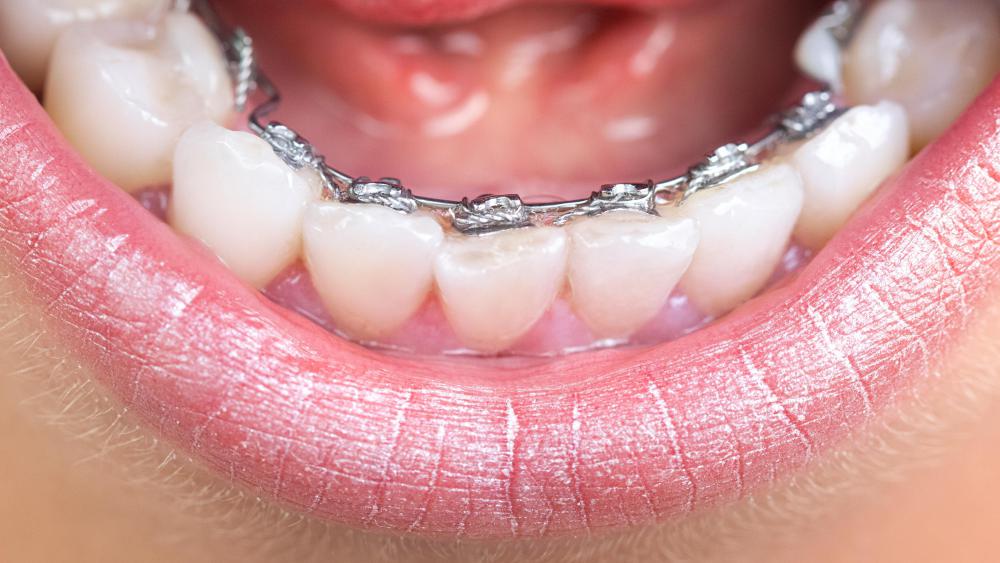At TheHealthBoard, we're committed to delivering accurate, trustworthy information. Our expert-authored content is rigorously fact-checked and sourced from credible authorities. Discover how we uphold the highest standards in providing you with reliable knowledge.
What is a Class III Malocclusion?
A class III malocclusion is a misalignment of the teeth that results in a situation where the lower teeth are more prominent than the teeth in the upper jaw. This condition is also known as an underbite and it is much less common than other types of malocclusions where the upper teeth are more prominent. Patients can develop a class III malocclusion for a number of different reasons, and it can be accompanied with complications such as crowding of the teeth or abnormal spacing of the teeth.
Malocclusions in general are variations in the formation and layout of the teeth and jaws that cause the teeth to be out of alignment. Many people have mild malocclusions that do not require treatment. Some people develop more severe misalignments that can lead to dental and other health problems and require corrective measures. It is also possible to correct a malocclusion for aesthetic reasons. Some dentists divide malocclusions into classes by type for convenience.

In the case of a class III malocclusion, one reason is genetics. Environmental factors such as sucking on the thumb can also play a role. Sometimes the mandible, or lower jawbone, is larger or longer than usual, and in other cases, the maxillary or upper jaw is shortened. When a dentist identifies an underbite in a patient, x-rays and physical exams are used to learn more about what is causing the malocclusion so that a treatment plan can be developed.

For mild cases, a wait and see approach may be taken. If the patient has habits that could be contributing to the malocclusion, counseling may be provided to help the patient stop the behavior. A retainer may also be used in an attempt to correct a class III malocclusion, to see if it is possible to pull the teeth into alignment with periodic retainer wear. The next, more aggressive, treatment option is braces that are fitted to the teeth and adjusted over time to pull the teeth into alignment.

A patient with a severe class III malocclusion may require surgery. It may also be be necessary to wear braces or retainers in combination with surgery, depending on an individual patient's situation. Once the malocclusion is corrected, the patient should be able to eat and drink normally. Any complications caused by the underbite, such as abnormal wear on the teeth, should also resolve with treatment.
AS FEATURED ON:
AS FEATURED ON:
















Discuss this Article
Post your comments